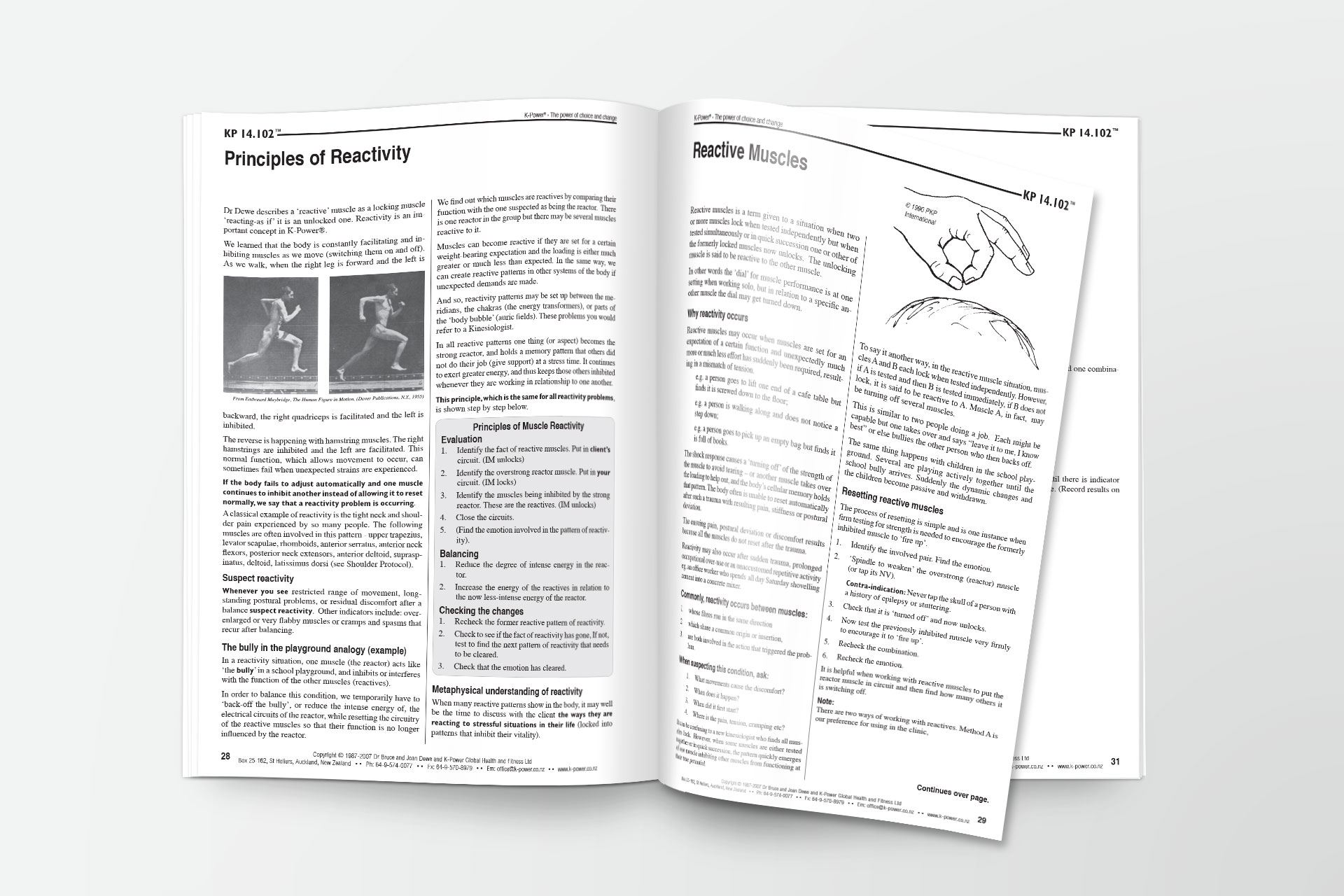Core Muscles and Techniques for Strength and Stability
Prerequisites: 5-Element Fundamentals and Muscle Testing Basics for Manual Therapists
Duration: 2 Days
Back pain is a common side effect when the core muscles are weak or not in balance. People who work their rectus abdominis with crunches but fail to strengthen their transverse abdominals, for example, commonly experience lower back pain. Back pain is common because so many muscles have to contract and relax to allow a person to stand and move.
In this practical, hands-on workshop you will learn three core techniques that you can apply to every muscle you test in the future: muscle stretch response; sustained muscle use; and hidden muscle failure. You will also develop skill and understanding in evaluating and balancing muscle energy imbalances in the 13 core muscles of the torso. You will then build on this knowledge by learning the More Mode, surrogate muscles, the circuit retaining mode, the important principle of muscle reactivity and how to correct reactive muscles.
In this workshop you will learn:
- Three core techniques: muscle stretch response; sustained muscle use; and hidden muscle failure.
- Develop skill and understanding in evaluating and balancing muscle energy imbalances in the 13 core muscles of the torso.
- The More Mode, surrogate muscles, the circuit retaining mode, the important principle of muscle reactivity and how to correct reactive muscles.
We want to turn on the genes of longevity, wellness & vitality and turn off the genes of aging and death/apoptosis. Your genetic profile is not your destiny, you can change your gene expression by the things you think, say, and do, the things you eat, avoid or listen to and what you ponder in your heart.
Dr Bruce Dewe, K-Power® Co-Founder




